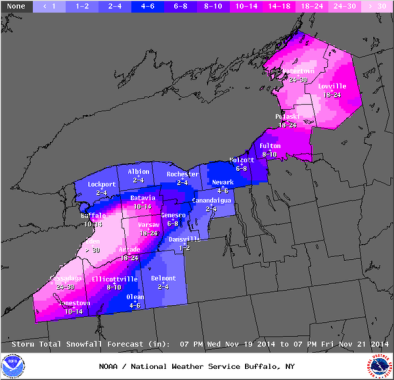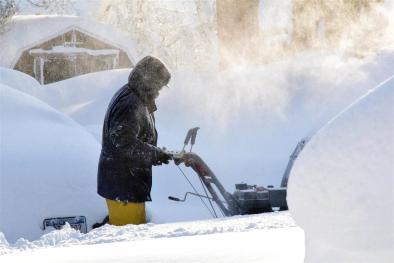Science Source
The Siberian snow connection
- Reviews Judah Cohen's theory on the connection between Arctic change and midlatitude weather
- Cohen envisions a series of causal links from Siberian snow via the lower atmosphere to large-amplitude planetary waves that reach into the stratosphere and shape weather patterns in the midlatitudes
- Outlines Cohen's “six-step” cycle: (1) with broader snow cover blanketing more of Siberia in October, there is more cold, dense air in the lower atmosphere; (2) the high-pressure center known as the Siberian high becomes bigger and stronger; (3) by November to December, these atmospheric transformations increase the flow of energy upward, from the troposphere into the stratosphere; (4) the stratosphere suddenly warms, and (5) the stratospheric polar vortex—the mass of cold air that is normally confined to the Arctic—breaks down, (6) creating a more meandering jet stream and allowing cold polar air to penetrate farther south
Related Content
Science Source
| American Meteorological Society
Sensitivity of Lake-Effect Snowfall to Lake Ice Cover and Temperature in the Great Lakes Region
David M. Wright, Derek J. Posselt, and Allison L. Steiner
Science Source
| Geophysical Research Letters
Distinctive climate signals in reanalysis of global ocean heat content
Balmaseda, Magdalena A., Trenberth et al
Headline

Feb 15, 2016 | MPR News
Buffalo mega snowstorm tied to climate change?
Headline

Feb 15, 2016 | NBC News
Freezing on East Coast? Blame a Super Typhoon and Maybe Global Warming


